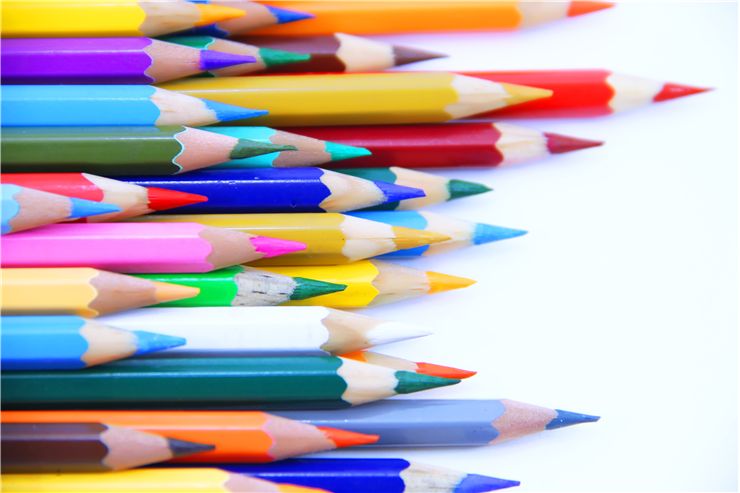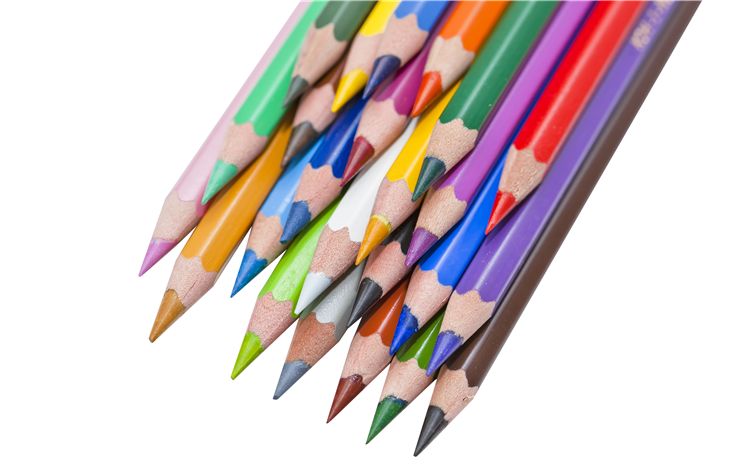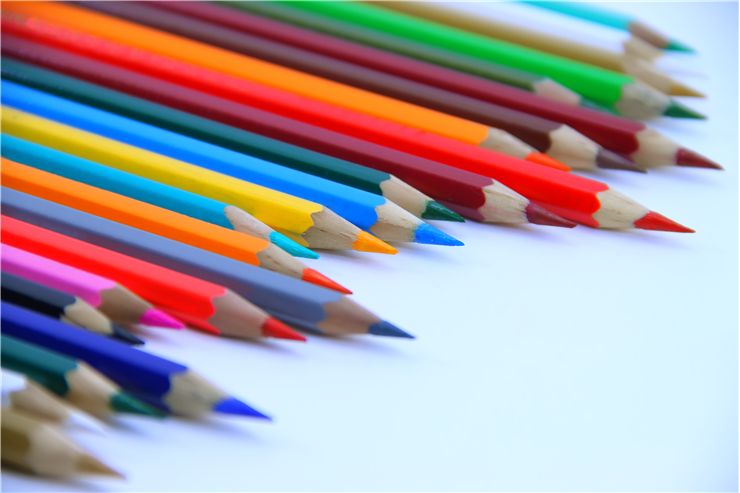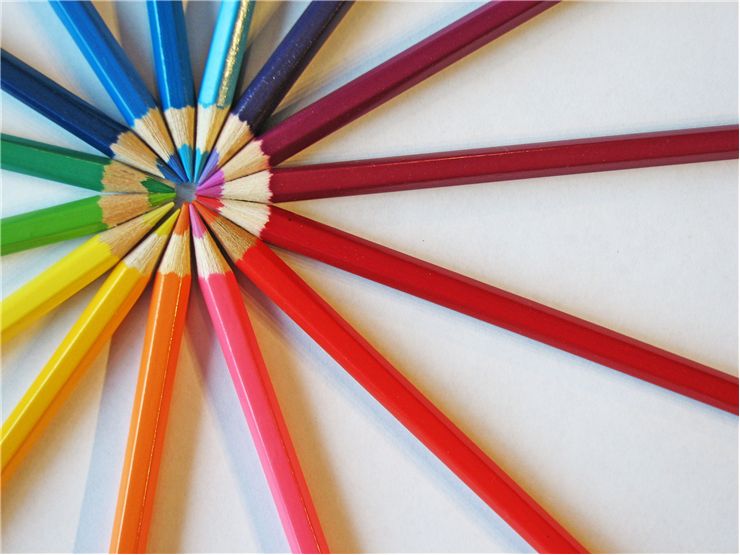Invention and History of Colored Pencils
Colored pencils have a core of colored pigment and a protective casing made of wood. While standard pencils have a core of graphite and clay, the core of most colored pencils is made of wax, pigments, additives, and binding agents. Other colored pencils are oil-based, water-soluble, and some are even mechanical.
An Early History of colored pencils is not too well documented. It is known that Ancient Greeks used wax-based crayons, and Pliny the Elder recorded that Romans also used colored crayons based on wax. The first colored pencils appeared in the 19th century and were used for “checking and marking.” Staedtler, a German company owned by Johann Sebastian, invented colored oil pastel pencils in 1834. Production of colored pencils for art purposes started in the early 20th century. The first art color pencils were invented and produced in 1924 by Faber-Castell and Caran d’Ache. Berol started making its colored pencils in 1938. Other manufacturers that made color pencils during the late 30s and early 40s were Derwent, Progresso, Lyra Rembrandt, and Blick Studio. Few manufacturers claim that they invented the first (art) watercolor pencil.
There are different types of colored pencils depending on their intended use. Artist-grade pencils have higher concentrations of high-quality pigments than student-grade colored pencils. They also have measured and defined characteristics like “lightfastness” ( the ability of a pigment to retain its original color appearance under exposure to light, i.e., resistance to UV rays in sunlight), core durability, break, and water resistance.
Student and academic grade color pencils are of lower quality than artistic ones. They are made of inferior-quality pigments, and their lightfastness is lower. However, they don’t have defined characteristics like artistic grade but are, for instance, erasable and better suited for beginners.
Mechanical colored pencils are colored lead refills for standard mechanical pencils. They are produced in a much narrower range than standard colored pencils, but they still exist.
The first method is used to blend colors. Watercolor pencils (or water-soluble pencils) can behave as watercolors if treated with damp brushes. They can also be used dry and then work as standard colored pencils.
If used by themselves, colored pencils are used in two techniques - layering and burnishing. Layering is a technique usually used at the beginning of the drawing. Its idea is to use primary colors in layers and, with that, to get different tones. Burnishing is done on layers using a colorless blender or a light-colored pencil. The result is a shiny surface of blended colors.
Except for standard drawing, colored pencils are used in animation because they are easier to erase than standard graphite pencils and don't smudge as easily.
The history of colored pencils is not long and a bit fuzzy in places, but that does not make all the colored pencils any less fascinating as historical objects and as an art medium.



